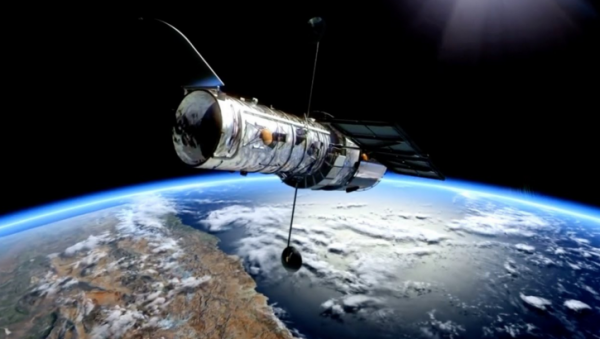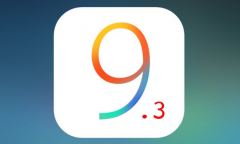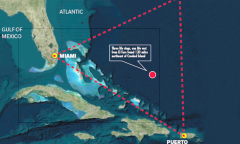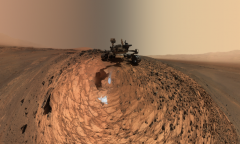By Jayson Boral, | March 21, 2016

A team of scientists from the University of Sheffield in England recently published an academic paper detailing a groundbreaking discovery.
A team of scientists from the University of Sheffield in England recently published an academic paper detailing a groundbreaking discovery.
Saida Caballero-Nieves and Paul Crowther together with the rest of the astronomers confirmed their discovery of nine behemoth stars with a mass 100 times more than the sun, Space.com reported. The team located these huge celestial bodies in the R136 star cluster along the Tarantula Nebula of the Large Magellanic Cloud galaxy located 170,000 light-years away from the planet.
Like Us on Facebook
The scientists used the revolutionary ultraviolet capabilities of the NASA/ESA Hubble Space Telescope for their research. They combined the images taken with the Wide field Camera 3 with the ultraviolet spatial resolution taken by the Space Telescope Spectrograph or STIS. Aside from the nine monster stars, the research team discovered stars 50 times more massive than the sun.
"The ability to distinguish ultraviolet light from such an exceptionally crowded region into its component parts, resolving the signatures of individual stars, was only made possible with the instruments aboard Hubble. Together with my colleagues, I would like to acknowledge the invaluable work done by astronauts during Hubble's last servicing mission: they restored STIS and put their own lives at risk for the sake of future science" gushed Paul Crowther lead author of the recent study.
The recently located stars are only a few of the revolutionary discoveries attributed to the Hubble Space Telescope or HST. The HST, which was launch in 1990, has been instrumental in the multiple studies including measuring distances between celestial bodies, establishing the prevalence of black holes, discovering new planets and satellites including a fifth moon moving around Pluto. To date, over 9,000 published academic papers have been based on the data acquired by the hubble telescope.
After 25 years of being in the orbit, scientists and astronomers are still gushing about the importance of the telescope to research surrounding what lies beyond the planet.
"Once again, our work demonstrates that, despite being in orbit for over 25 years, there are some areas of science for which Hubble is still uniquely capable," concludes Crowther as documented by NASA.
-
Use of Coronavirus Pandemic Drones Raises Privacy Concerns: Drones Spread Fear, Local Officials Say

-
Coronavirus Hampers The Delivery Of Lockheed Martin F-35 Stealth Fighters For 2020

-
Instagram Speeds Up Plans to Add Account Memorialization Feature Due to COVID-19 Deaths

-
NASA: Perseverance Plans to Bring 'Mars Rock' to Earth in 2031

-
600 Dead And 3,000 In The Hospital as Iranians Believed Drinking High-Concentrations of Alcohol Can Cure The Coronavirus

-
600 Dead And 3,000 In The Hospital as Iranians Believed Drinking High-Concentrations of Alcohol Can Cure The Coronavirus

-
COVID-19: Doctors, Nurses Use Virtual Reality to Learn New Skills in Treating Coronavirus Patients













